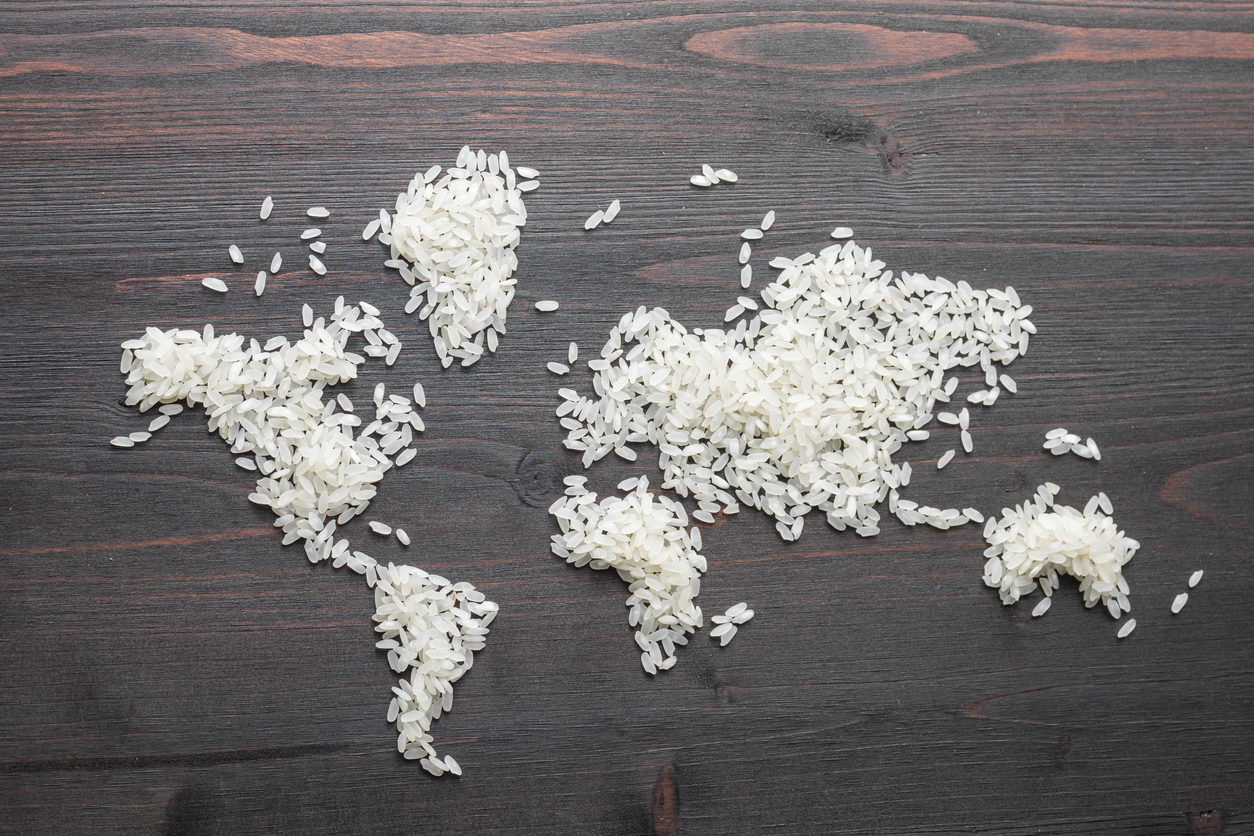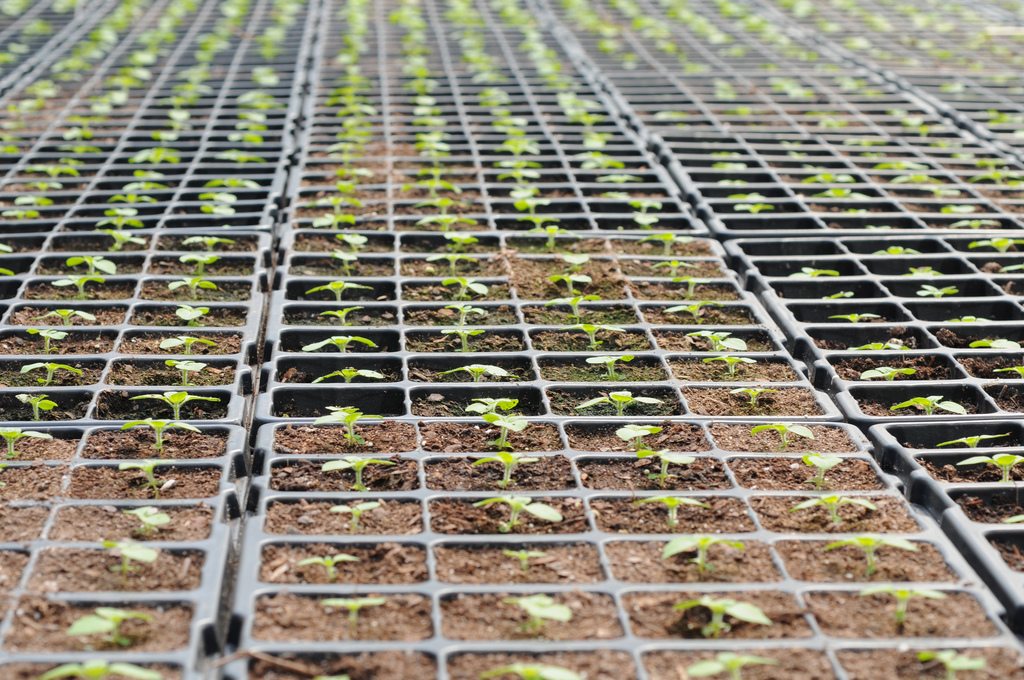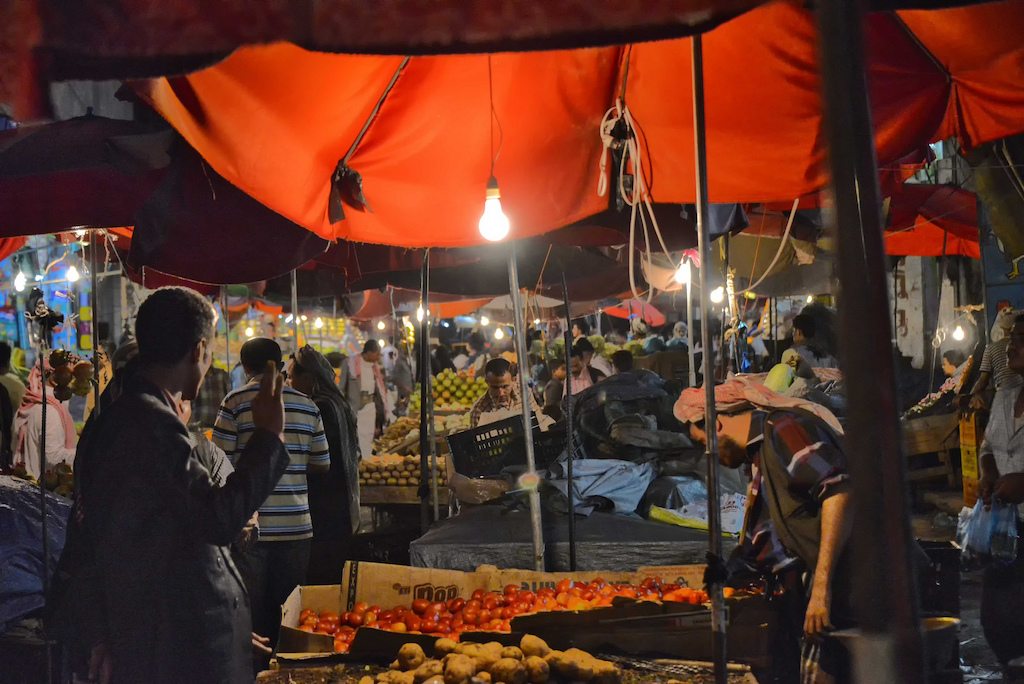
iStock / selimaksan
A lot has changed since 2016. We are nearly two years into President Trump’s first term, the Democrats now control the House, and former President George H. W. Bush is dead. But politics aside, much about America has remained the same—including how and what we eat.
Two years ago, we reported that this country’s place in the global food system had us toggling between the pressing issues of food waste and “over-nourishment,” which refers to a type of malnourishment spurred by consuming more calories than we need to be healthy. At the time, those were the findings of Food Sustainability Index, a comprehensive annual study of 25 countries’ approaches to nutrition, food waste, and agriculture. The index is published by the non-profit Barilla Center for Food and Nutrition and The Economist Intelligence Unit, an arm of the company that provides risk and industry analysis.
On Tuesday, the 2018 Food Sustainability Index was released, and it’s apparent that in the two years since we last covered its findings, not all that much has changed: Americans continue to grapple with eating too much food and throwing too much of it away. And that’s just on the consumption side of things. When it comes to food production, the U.S. uses too much water to grow our food and our farmland suffers from lack of biodiversity.
While we haven’t changed too much, the index itself has expanded in significant ways.
For one, it has more than doubled the number of countries on which it reports—up from 25 to a 67.
“The main reason for the increase is to make it more globally representative,” says Martin Koehring, managing editor of The Economist Intelligence Unit. “This year, the index covers a lot of ground in terms of the global economy and population. Now [the index covers] over 90 percent of global GDP and over four-fifths of the global population.”
By comparison, the 2016 index covered 80 percent of the global economy and three-quarters of the world’s population.
The index has also expanded its parameters to align with the United Nations Sustainable Development Goals (SDGs)—a collection of 17 global goals set by the UN General Assembly in 2015—financial inclusion and responsible forestry practices among them. (Full disclosure, I worked in the UN Department of Public Information for three months in 2016.) This move seems only natural in light of increased global focus on how food consumption and production are impacting our climate, land, and waterways.
“[We changed it] to increase the impact of the Food Sustainability Index and also to align it more with the discussions around the world around the sustainable development goals […] which very much linked with food sustainability,” Koehring says.
How does America compare to other countries? We’re pretty much in the middle, as we were back in 2016. France, again, took the top spot for most sustainable food system overall, followed by the Netherlands and Canada. France led in the food waste mitigation category, Austria in sustainable agriculture, and Japan in dealing with nutritional challenges.









